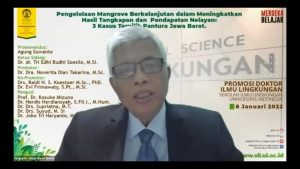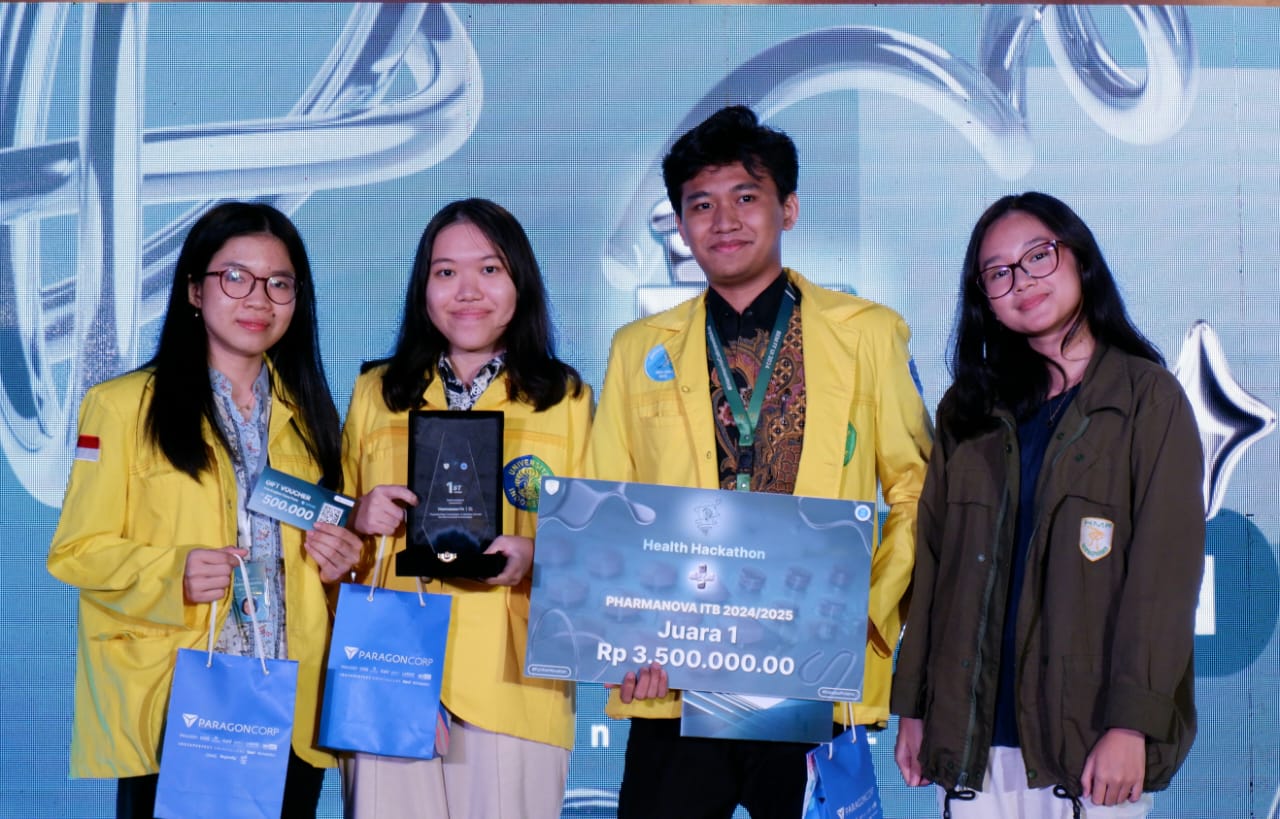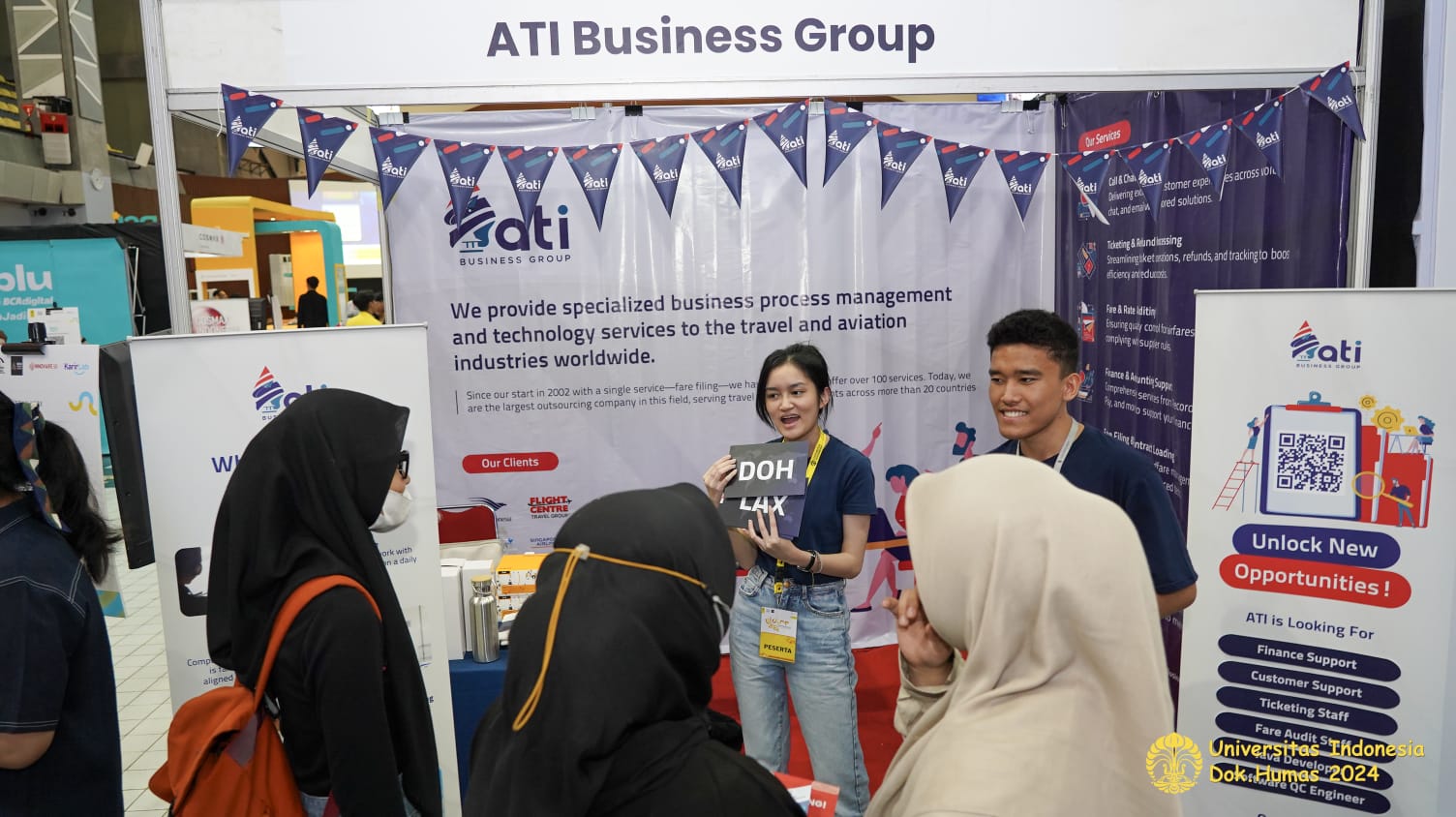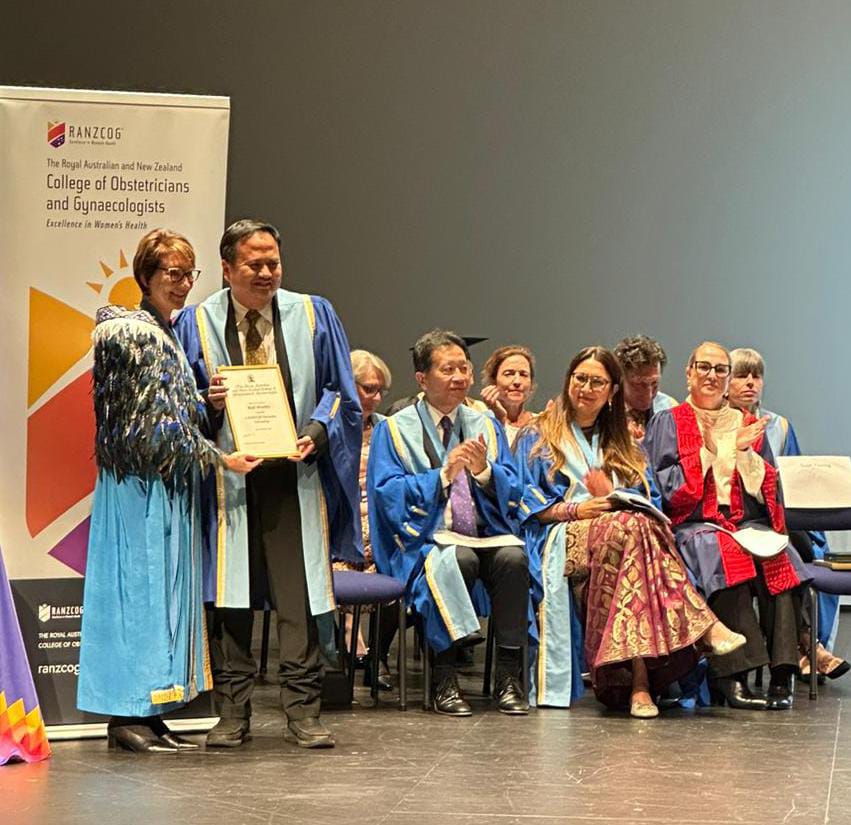
Around 1960, people began to convert mangrove forests, which were natural ecosystems, into pond ecosystems that brought greater economic benefits. The increasing needs of the population have led to logging without protection and conservation efforts. This has resulted in the reduction of mangrove areas, especially in the North Coast of Jakarta (Penjaringan Subdistrict) and the North Coast of West Java (Cilamaya Wetan and Blanakan Subdistricts).
This condition became the focus of Agung Suwanto in his dissertation entitled “Sustainable Mangrove Management in Order to Increase Catches and Fishermen’s Income”. This dissertation was successfully defended in the Doctoral Promotion Session of the Environmental Science Masters Program, School of Environmental Sciences, Universitas Indonesia. This dissertation was promoted by Dr. Noverita Dian Takarina, M. Sc. with Raldi Hendro Koestoer, M.Sc., Ph.D., APU. as Copromoter 1 and Dr. Evi Frimawaty, S.Pt., M.Sc. as Co-promoter 2.
This study used three selected locations in Pantura, West Java, namely Penjaringan district, Cilamaya Wetan district, and Blanakan district. Using remote sensing and field validation methods, this study looked at changes in mangrove area and diversity. Mangrove vegetation was analyzed using importance index and diversity index values.
The importance index can be calculated based on the sum of all relative density, relative frequency, and relative dominance values. Meanwhile, the Shannon-Wienner Index was used to express the level of mangrove species diversity in the three areas.
The study found that there were fluctuations in the catch and income of fishermen in the research location. The impact of changes in mangrove area on fishermen’s catch in Penjaringan Sub-district is 71.94% and in Blanakan Sub-district it is 57.10%.
In Cilamaya Wetan sub-district, changes in mangrove area did not significantly affect fishermen’s catch and income. The relationship between mangrove diversity and fishermen’s catch and income showed a positive correlation.
The correlation value between mangrove diversity index and catch was 0.95. The correlation value between mangrove diversity index and income is 0.94.
“Although it shows a positive and strong correlation, the correlation value does not show any significance. Based on these results, it can be said that there is no relationship between the diversity index on catches and fishermen’s income,” Suwanto wrote in his dissertation.
Using SWOT analysis, Suwanto also found a strategy for sustainable mangrove management. To obtain the right management policy, it is necessary to know the condition of the area concerned, including the strengths, advantages, weaknesses, shortcomings, and internal conditions of the area.
Furthermore, to increase the catch and income of fishermen, it can be done by maximizing fish catch when fish prices are high and increasing production with good equipment (large capacity) and good boats (still roadworthy).
Author: Sapuroh | Editor: Mariana Sumanti



